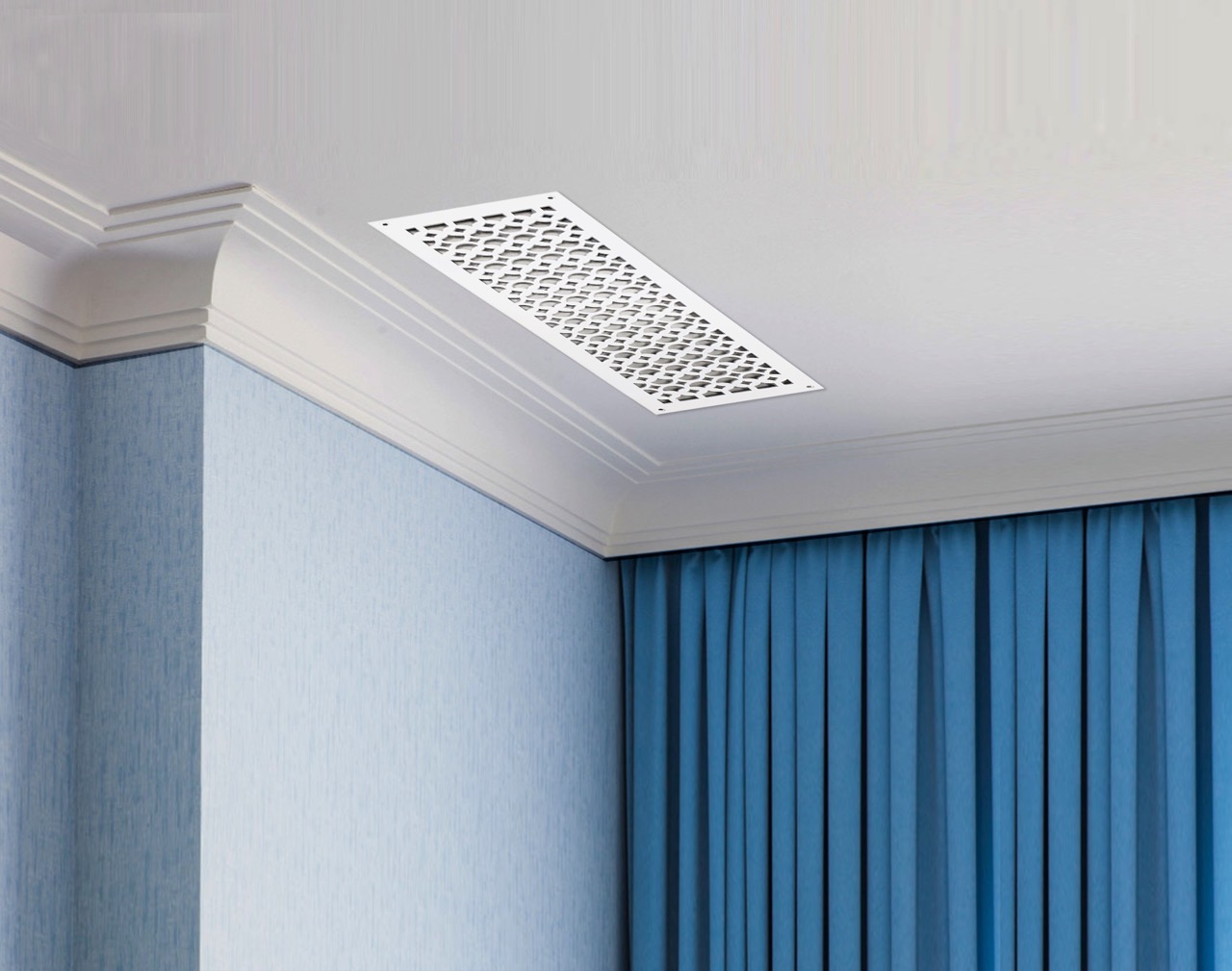

Articles
Why Are Cold Air Returns Near The Ceiling
Modified: December 7, 2023
Discover the reasons for having cold air returns near the ceiling in this informative article. Learn how this design feature impacts your HVAC system's performance.
(Many of the links in this article redirect to a specific reviewed product. Your purchase of these products through affiliate links helps to generate commission for Storables.com, at no extra cost. Learn more)
Introduction
When it comes to heating and cooling systems, one important component that often goes unnoticed is the cold air return. Typically placed near the floor, these vents play a crucial role in maintaining optimal airflow and temperature regulation. However, there is an alternative placement option that has been gaining attention in recent years – placing the cold air returns near the ceiling.
In this article, we will explore the concept of cold air returns near the ceiling and delve into the reasons behind their growing popularity. We will also address common misconceptions and discuss the impact of this placement on energy efficiency.
So why should you consider placing your cold air returns near the ceiling? Let’s find out.
Key Takeaways:
- Placing cold air returns near the ceiling offers improved air circulation, temperature equalization, energy efficiency, and enhanced comfort, creating a more balanced and healthy indoor environment.
- Common misconceptions about cold air returns near the ceiling, such as increased energy consumption and difficulty of installation, can be debunked with proper understanding and informed decision-making.
Read more: Why Is My Window AC Not Blowing Cold Air
Definition of Cold Air Returns
Cold air returns, also known as return air vents or simply returns, are an integral part of HVAC (Heating, Ventilation, and Air Conditioning) systems. These vents are responsible for the circulation of air within a building, ensuring proper airflow and maintaining a comfortable indoor environment.
The basic function of a cold air return is to draw in air from the conditioned space and return it to the heating or cooling system. This air is then either heated or cooled, depending on the needs of the building, before being distributed back through supply vents.
Typically, cold air returns are located near the floor or at the base of walls. This placement allows them to capture cooler air that has settled near the ground and return it to the heating or cooling system, where it can be conditioned and redistributed throughout the building.
However, an alternative option gaining popularity is to place cold air returns near the ceiling. This placement reverses the traditional airflow direction, drawing air from the upper part of the room and returning it to the HVAC system. This approach has unique benefits that we will explore in the following sections.
The Purpose of Cold Air Returns
Cold air returns serve a vital purpose in HVAC systems. Their main function is to facilitate proper air circulation and maintain a balanced indoor environment. Here are some key purposes of cold air returns:
- Air Balance: Cold air returns help create a balance in the airflow throughout a building. By drawing air back into the HVAC system, they prevent negative pressure in the conditioned space and ensure that the supply vents can deliver conditioned air effectively.
- Temperature Regulation: Cold air returns play a crucial role in maintaining consistent temperatures throughout a building. By drawing in air from various areas, they help equalize the temperature and prevent hot or cold spots from forming in different rooms.
- Air Quality: Cold air returns also contribute to maintaining good indoor air quality. As they capture air from the room, they also capture dust, allergens, and other airborne particles, preventing them from circulating throughout the building.
- Energy Efficiency: Efficient air circulation is a key factor in optimizing energy efficiency. By using cold air returns, HVAC systems can more effectively recirculate and condition the air, reducing the amount of energy needed to heat or cool the space.
- Noise Reduction: Cold air returns can help reduce noise levels by providing a return path for air. They create a balanced airflow that minimizes the noise caused by the rushing air through the supply vents.
Overall, the purpose of cold air returns is to enhance the performance and efficiency of HVAC systems, ensuring a comfortable and healthy indoor environment for occupants. Their strategic placement and proper functioning are essential in maintaining optimal airflow and temperature regulation throughout a building.
Traditional Placement of Cold Air Returns
In traditional HVAC systems, cold air returns are typically placed near the floor or at the base of walls. This placement is based on the natural physics of air movement and the concept of thermal stratification.
When warm air rises, it creates a temperature gradient in a room, with the warmest air accumulating near the ceiling and cooler air settling near the floor. Traditional placement of cold air returns takes advantage of this natural stratification by positioning them lower in the room to capture the cooler air that has sunk to the ground.
By placing cold air returns near the floor, the HVAC system can draw in this cooler air, which is then circulated back to the heating or cooling unit. The air is conditioned and redistributed through the supply vents, creating a cyclic airflow that helps maintain a comfortable temperature throughout the space.
This traditional placement of cold air returns works well in many cases and has been the standard practice for decades. However, it is not without limitations. One of the drawbacks is that it can contribute to uneven temperature distribution, as the warm air near the ceiling may not be effectively captured and returned to the system.
It is also worth noting that the placement of cold air returns near the floor can lead to issues such as dust accumulation and blockage. As air is drawn from the lower parts of the room, it can capture dust, pet dander, and other particles that settle near the ground. Over time, this can obstruct the vents and negatively impact the airflow and air quality of a space.
As HVAC technology continues to evolve, alternative placement options for cold air returns have emerged, including placing them near the ceiling. This alternative approach offers several benefits that are worth considering, as we will explore in the following sections.
Benefits of Placing Cold Air Returns Near the Ceiling
While the traditional placement of cold air returns near the floor has been standard practice, placing them near the ceiling offers compelling benefits that are worth considering. Here are some advantages of placing cold air returns near the ceiling:
- Improved Air Circulation: Placing cold air returns near the ceiling helps to reverse the airflow direction, drawing air from the upper part of the room. This approach promotes better air circulation, allowing for more efficient mixing of air and preventing stagnant air pockets.
- Temperature Equalization: By drawing air from the upper part of the room, cold air returns near the ceiling can help equalize the temperature throughout the space. This results in more consistent temperatures, eliminating hot or cold spots that may occur with traditional floor-level returns.
- Reduced Energy Consumption: Placing cold air returns near the ceiling can improve the energy efficiency of HVAC systems. Since warm air naturally rises, capturing it at the ceiling level enables more effective recycling and redistribution of conditioned air, reducing the workload on the heating or cooling unit.
- Enhanced Comfort: With cold air returns near the ceiling, occupants can experience greater comfort. The cooler air near the floor is replaced with conditioned air from the upper part of the room, resulting in a more balanced airflow and a more even distribution of conditioned air throughout the space.
- Improved Air Quality: Placing cold air returns near the ceiling can help address air quality issues. Since contaminants tend to settle near the floor, having returns at the ceiling level can minimize the intake of particulates such as dust, pet dander, and allergens, leading to improved indoor air quality.
- Reduced Noise: Cold air returns near the ceiling can contribute to noise reduction. By capturing air at the upper level, they help to create a balanced airflow, minimizing the noise caused by high-velocity air rushing through the supply vents.
Overall, placing cold air returns near the ceiling offers benefits such as improved air circulation, temperature equalization, energy efficiency, enhanced comfort, improved air quality, and reduced noise. It provides an alternative approach to traditional floor-level returns, allowing for better HVAC system performance and a more comfortable and healthy indoor environment.
Cold air returns near the ceiling because hot air rises, creating a temperature differential. This allows the return to capture and circulate the cooler air, improving overall air circulation and comfort in the space.
Read more: Why Is The Basement So Cold
Factors Influencing the Placement of Cold Air Returns Near the Ceiling
When considering the placement of cold air returns near the ceiling, several factors come into play. These factors influence the decision to opt for this alternative location. Here are some key considerations:
- Building Design: The design and layout of the building is a crucial factor to consider. Structures with high ceilings or open floor plans are more suitable for placing cold air returns near the ceiling. The availability of space, accessibility for installation and maintenance, and the overall aesthetic of the building influence the feasibility of this placement option.
- Occupant Preferences: The comfort and preferences of the building occupants play a significant role in determining the placement of cold air returns. If occupants have a preference for more even temperature distribution, or if they have specific comfort requirements, placing cold air returns near the ceiling can help meet those needs.
- Heating and Cooling Load: The heating and cooling load of the building is an essential consideration. Cold air returns near the ceiling may be more beneficial in spaces with high heating loads, as warm air naturally rises. By capturing the warm air at the ceiling level, the HVAC system can efficiently recirculate and redistribute the conditioned air, reducing the workload on the system.
- Energy Efficiency Goals: For those prioritizing energy efficiency, placing cold air returns near the ceiling can align with their goals. This placement allows for more efficient recycling of conditioned air, reducing energy consumption and decreasing utility costs over time.
- Structural Considerations: The structural integrity of the ceiling and the ability to accommodate the installation of cold air returns need to be assessed. Architectural elements such as beams, ductwork, and lighting fixtures need to be taken into account to ensure a seamless and functional placement.
- Noise Considerations: The noise levels generated by the HVAC system can impact the placement of cold air returns. Placing them near the ceiling can help reduce noise, as the air is drawn in from the upper part of the room, creating a more balanced and quieter airflow.
- Budget and Cost Considerations: The cost implications of the placement of cold air returns near the ceiling should be evaluated. This includes factors such as installation costs, modifications to existing ductwork, and long-term energy savings that can justify the investment.
Considering these factors will ensure that the placement of cold air returns near the ceiling is a well-informed decision that takes into account the specific needs and constraints of the building and its occupants.
The Impact of Cold Air Returns Near the Ceiling on Energy Efficiency
One of the significant advantages of placing cold air returns near the ceiling is its positive impact on energy efficiency. Here are some ways in which this placement can enhance energy efficiency in HVAC systems:
- Improved Air Recirculation: Placing cold air returns near the ceiling enables more efficient recirculation of air. Since warm air naturally rises, capturing it at the ceiling level facilitates the mixing of air and ensures a more even temperature distribution throughout the space. This reduces the need for excessive heating or cooling, improving energy efficiency.
- Reduced Heat Loss: With traditional floor-level returns, cool air near the floor is drawn back into the HVAC system. This can result in heat loss, as the conditioned air is constantly being mixed with cooler air. By placing cold air returns near the ceiling, the system can draw in warmer air, reducing heat loss and allowing for more efficient heating.
- Lower Energy Consumption: By capturing warmer air at the ceiling level, the HVAC system can recycle and redistribute conditioned air more effectively. This reduces the workload on the heating or cooling unit, leading to lower energy consumption and decreased utility costs.
- Reduced Strain on the System: Placing cold air returns near the ceiling can reduce the strain on the HVAC system. The system can operate more efficiently, as it is drawing in warmer air that requires less conditioning compared to the cooler air near the floor. This can lead to improved system performance, extended equipment lifespan, and reduced maintenance and repair costs.
- Optimized Zoning and Temperature Control: Cold air returns near the ceiling can facilitate zoning and temperature control in a building. By strategically placing returns in specific areas, it becomes easier to control the flow and direction of air. This allows for more precise temperature control and reduces the need to condition unoccupied or less frequently used spaces, further enhancing energy efficiency.
Considering the significant role that HVAC systems play in energy consumption, the placement of cold air returns near the ceiling can make a notable difference in energy efficiency. By improving air recirculation, reducing heat loss, minimizing energy consumption, and optimizing system performance, this placement option can contribute to a more sustainable and cost-effective operation of heating and cooling systems.
Common Misconceptions about Cold Air Returns Near the Ceiling
Despite the benefits and growing popularity of placing cold air returns near the ceiling, there are still some misconceptions surrounding this alternative placement. Let’s address a few common misconceptions:
- Misconception: Cold Air Will Collect at the Ceiling: One common misconception is that cold air returns near the ceiling will cause the cold air to accumulate at the top of the room. In reality, the placement of cold air returns near the ceiling does not prevent warm air from rising. Rather, it allows for better air circulation and mixing, resulting in a more balanced and comfortable indoor environment.
- Misconception: It Will Increase Energy Consumption: Some believe that placing cold air returns near the ceiling will lead to increased energy consumption. However, this is not necessarily true. When properly designed and implemented, this placement option can improve energy efficiency by facilitating better air recirculation and reducing heat loss.
- Misconception: It’s Difficult to Install: Another misconception is that installing cold air returns near the ceiling is complicated and requires extensive modifications to the existing HVAC system. While it may require professional expertise and proper planning, the installation can be easily accomplished with the guidance of qualified HVAC professionals.
- Misconception: It Will Cause Drafts: Some people may worry that placing cold air returns near the ceiling will create drafts or discomfort for occupants. However, proper design and installation, including the strategic placement and balancing of supply and return vents, can prevent drafts and ensure a comfortable airflow throughout the space.
- Misconception: It’s Only Suitable for Certain Environments: There is a misconception that placing cold air returns near the ceiling is only suitable for specific types of buildings or environments. In reality, this placement option can be beneficial in various settings, including residential homes, commercial buildings, and open-concept spaces.
It is essential to debunk these misconceptions and accurately understand the benefits and considerations of placing cold air returns near the ceiling. By addressing any concerns and clarifying the facts, individuals can make informed decisions about the optimal placement of cold air returns in their HVAC systems.
Conclusion
Exploring the concept of placing cold air returns near the ceiling reveals several benefits and considerations that can significantly impact HVAC system performance and occupant comfort. While the traditional placement of cold air returns near the floor has been the standard practice, the alternative placement near the ceiling offers unique advantages.
By significantly improving airflow, temperature distribution, and energy efficiency, placing cold air returns near the ceiling can create a more comfortable and balanced indoor environment. This approach promotes better air circulation, reduces heat loss, and optimizes the recirculation and redistribution of conditioned air.
While there may be misconceptions surrounding this placement option, such as concerns about cold air accumulation or increased energy consumption, a proper understanding of the design, installation, and benefits can address these concerns. With careful consideration of factors such as building design, occupant preferences, and energy efficiency goals, the placement of cold air returns near the ceiling can be a viable and advantageous choice.
In conclusion, the placement of cold air returns near the ceiling presents a compelling option to enhance HVAC system performance, energy efficiency, and occupant comfort. By capturing warmer air at the upper level, promoting better airflow, and addressing temperature stratification, this alternative placement can create a more balanced and efficient indoor environment. Consultation with HVAC professionals can help assess the feasibility and benefits in individual building structures and ensure a successful implementation.
Ultimately, the decision on whether to place cold air returns near the ceiling should be based on careful evaluation of the specific needs, goals, and constraints of each building. By considering the factors discussed in this article, individuals can make informed decisions that optimize their HVAC systems for enhanced comfort and energy efficiency.
Frequently Asked Questions about Why Are Cold Air Returns Near The Ceiling
Was this page helpful?
At Storables.com, we guarantee accurate and reliable information. Our content, validated by Expert Board Contributors, is crafted following stringent Editorial Policies. We're committed to providing you with well-researched, expert-backed insights for all your informational needs.
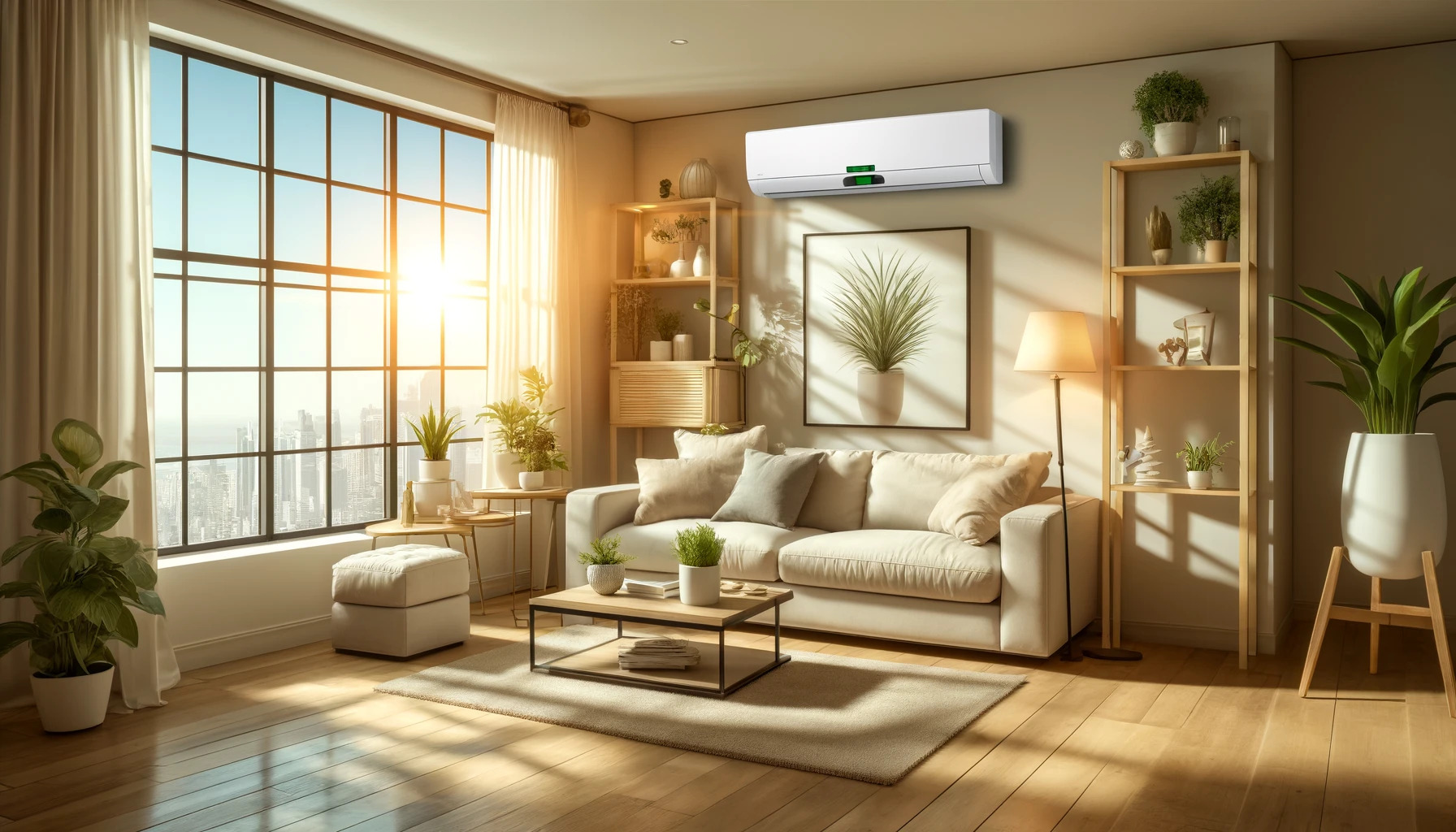

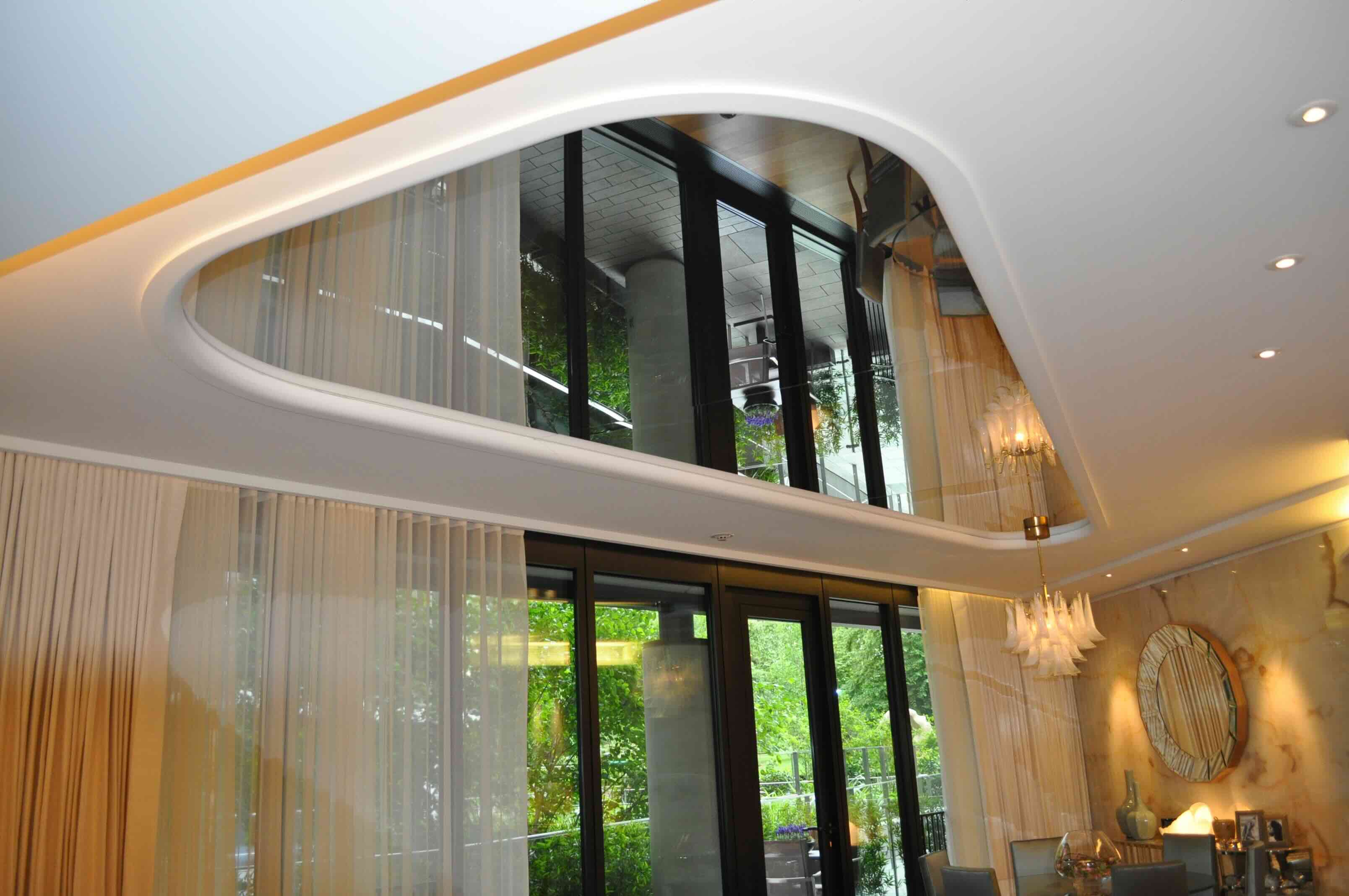

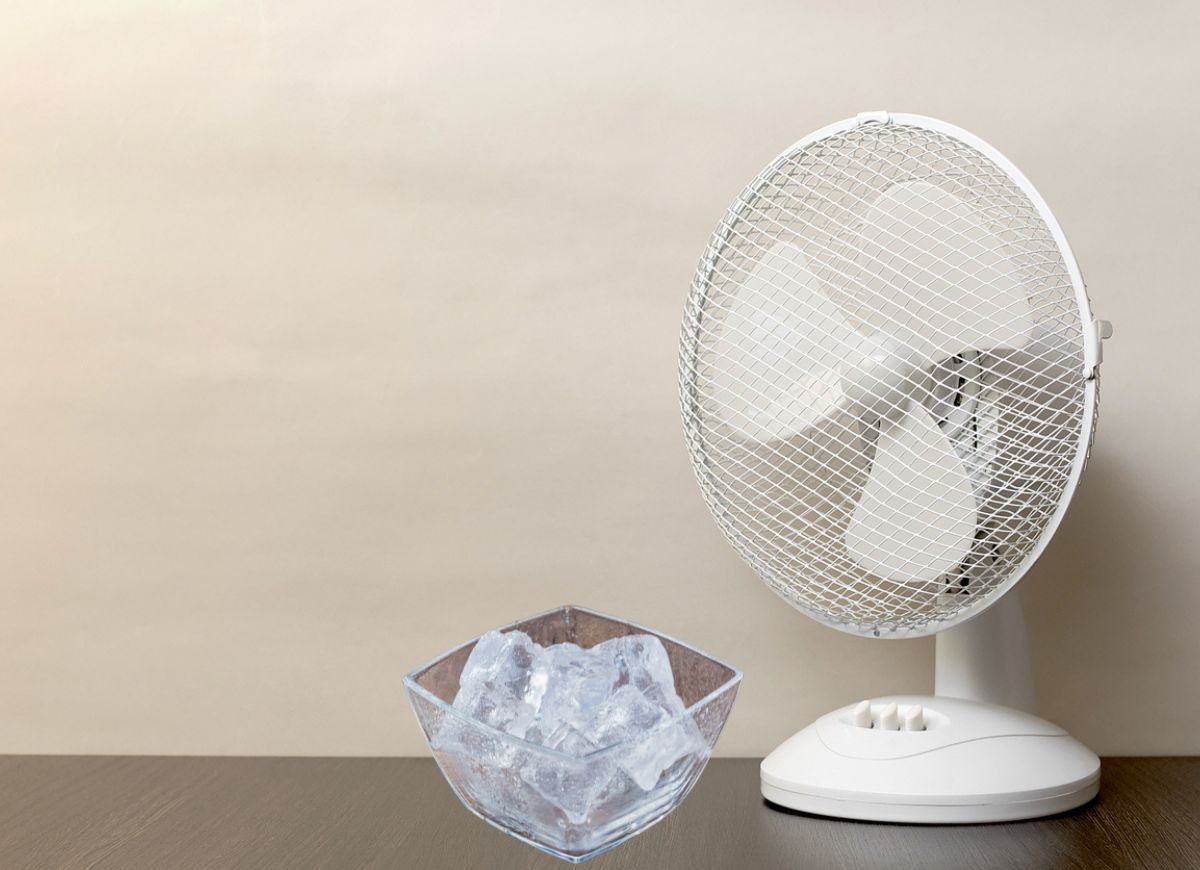

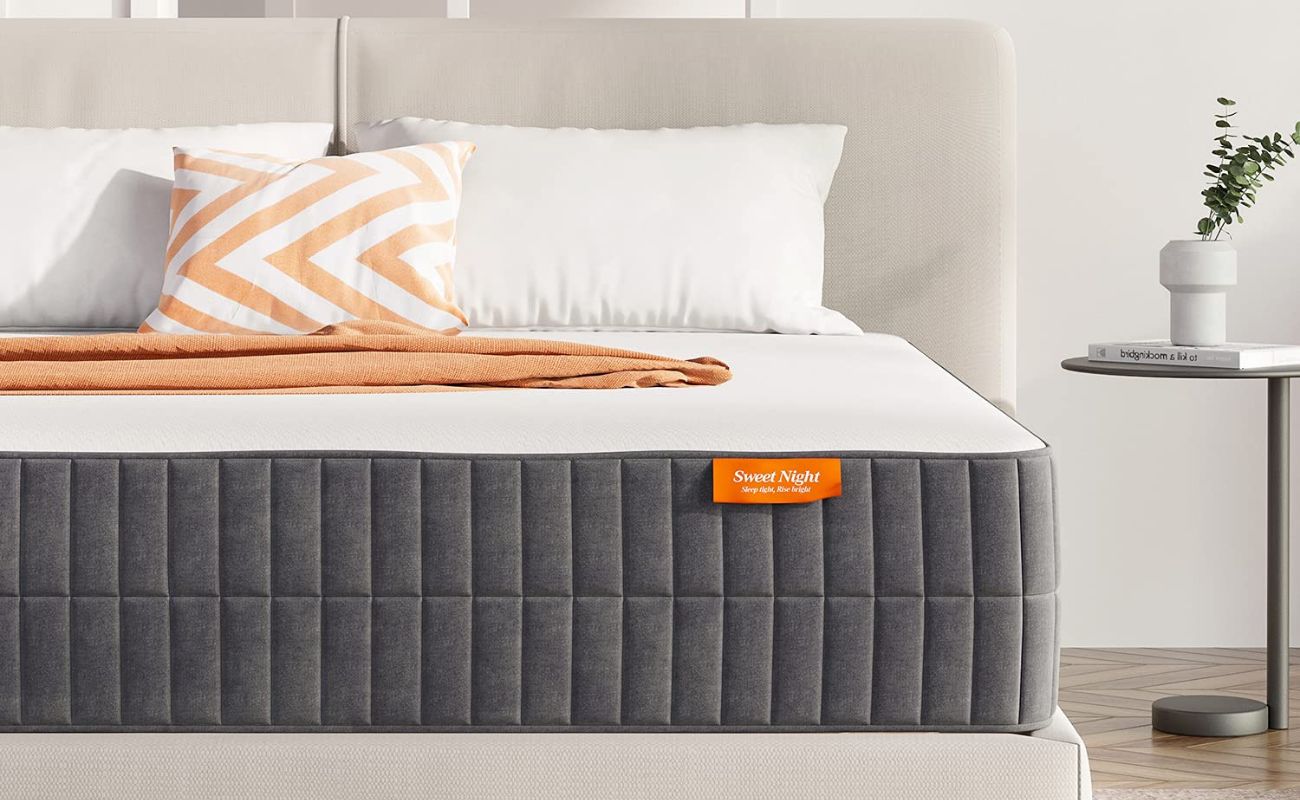

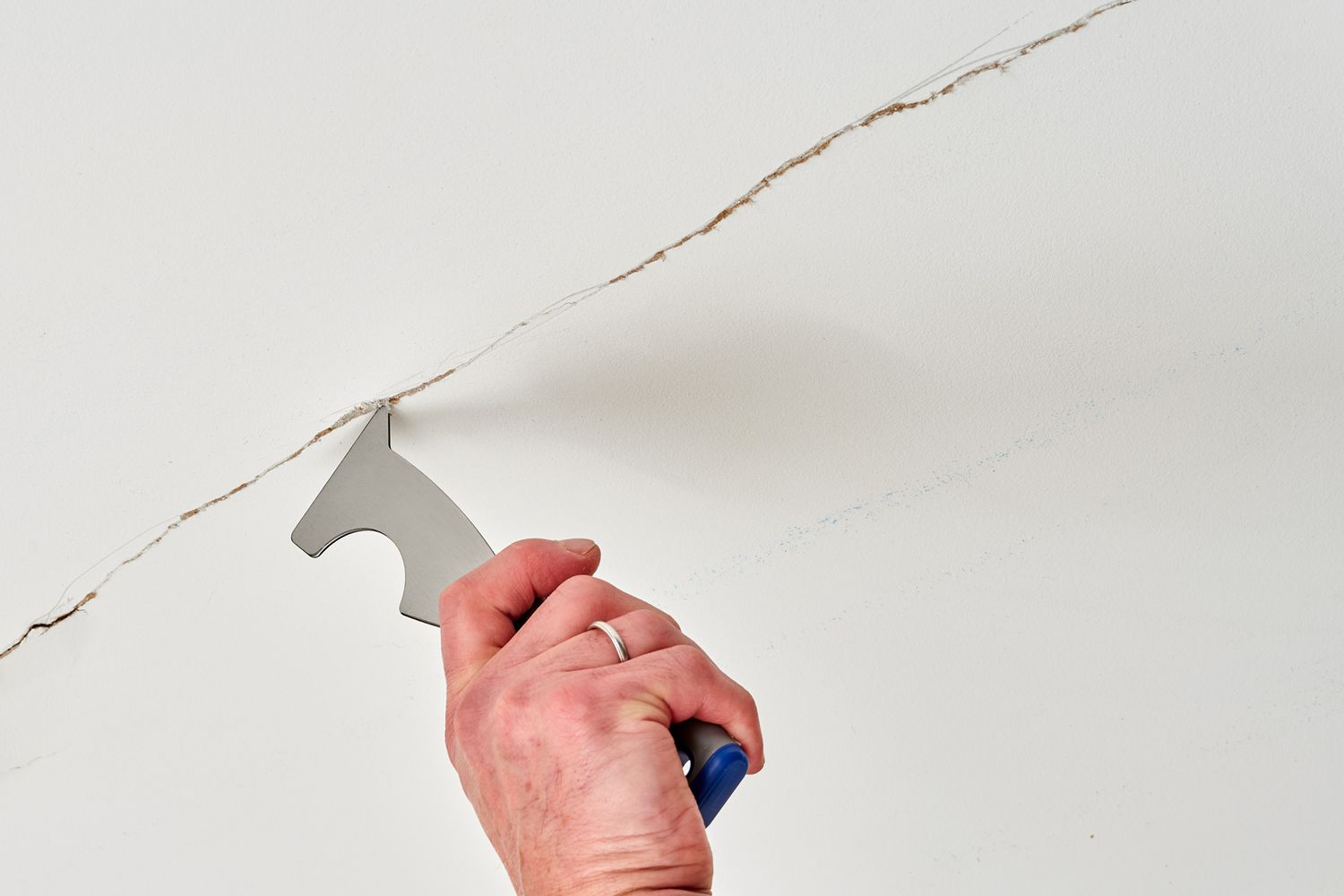
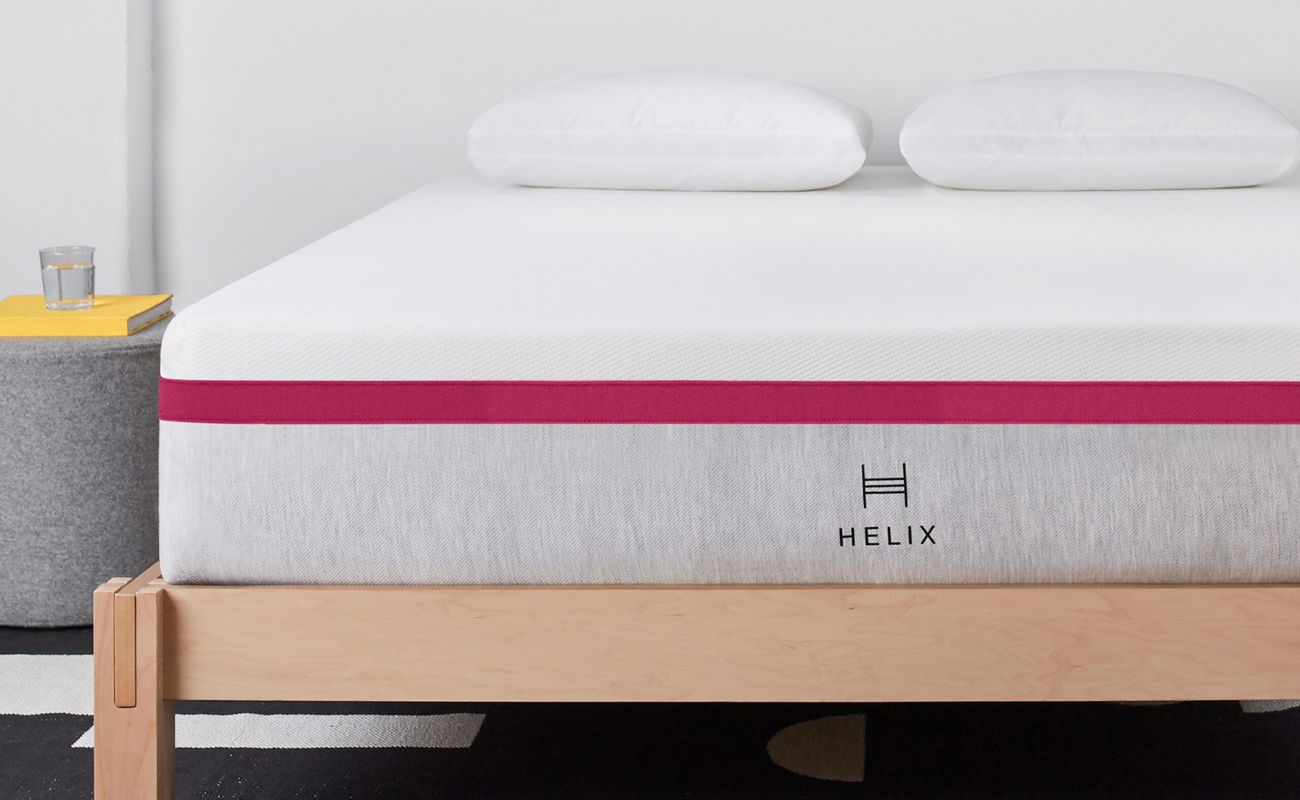

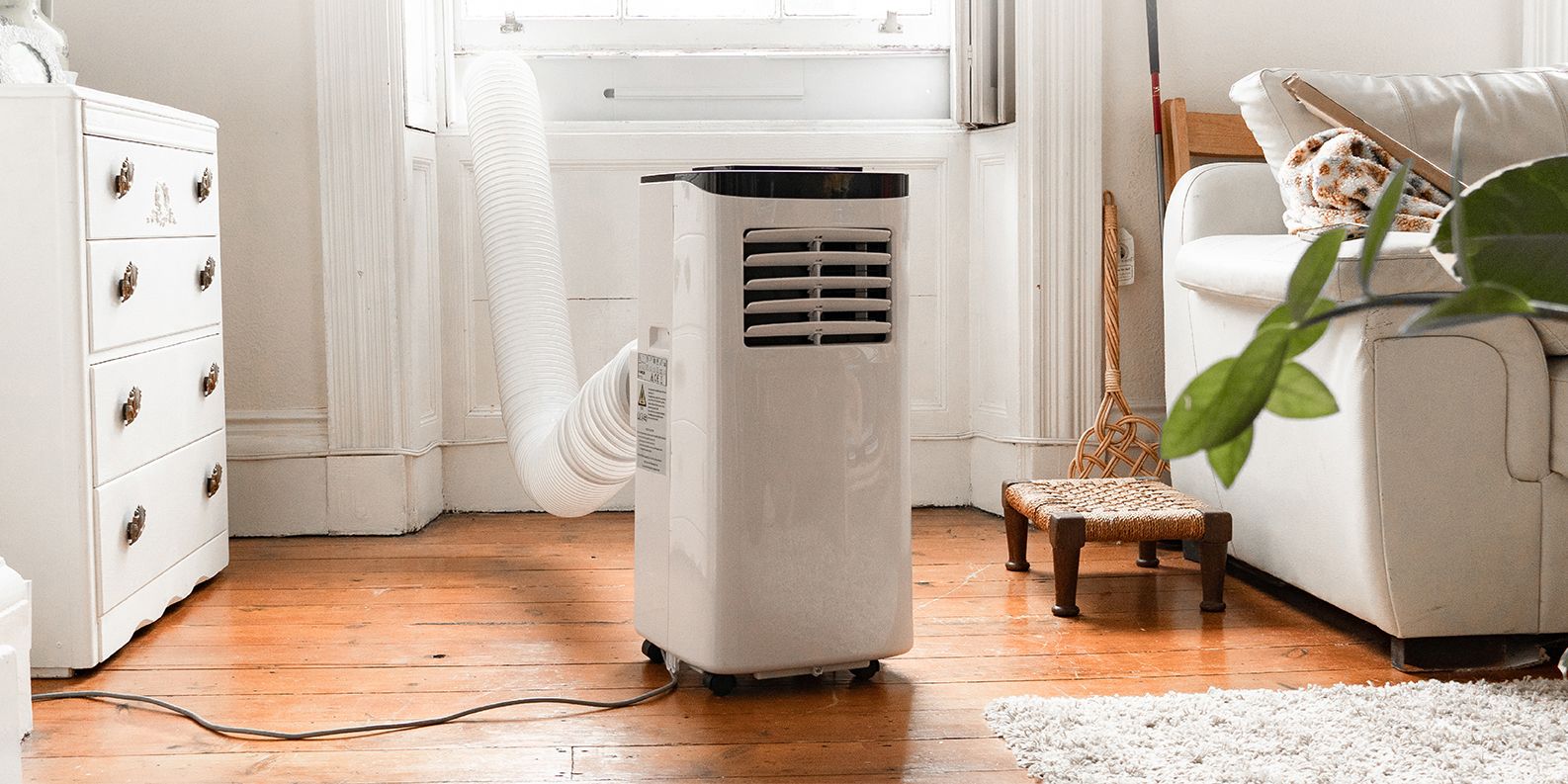
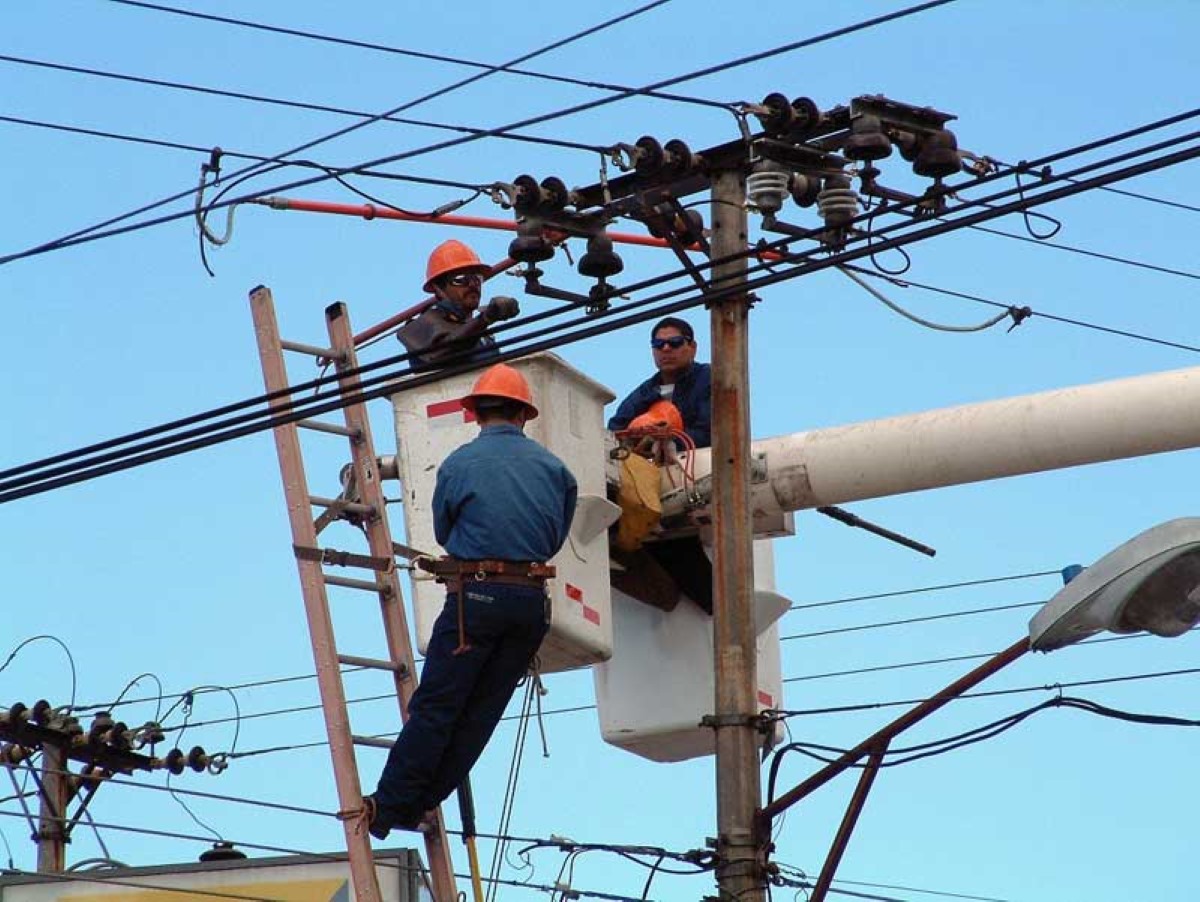
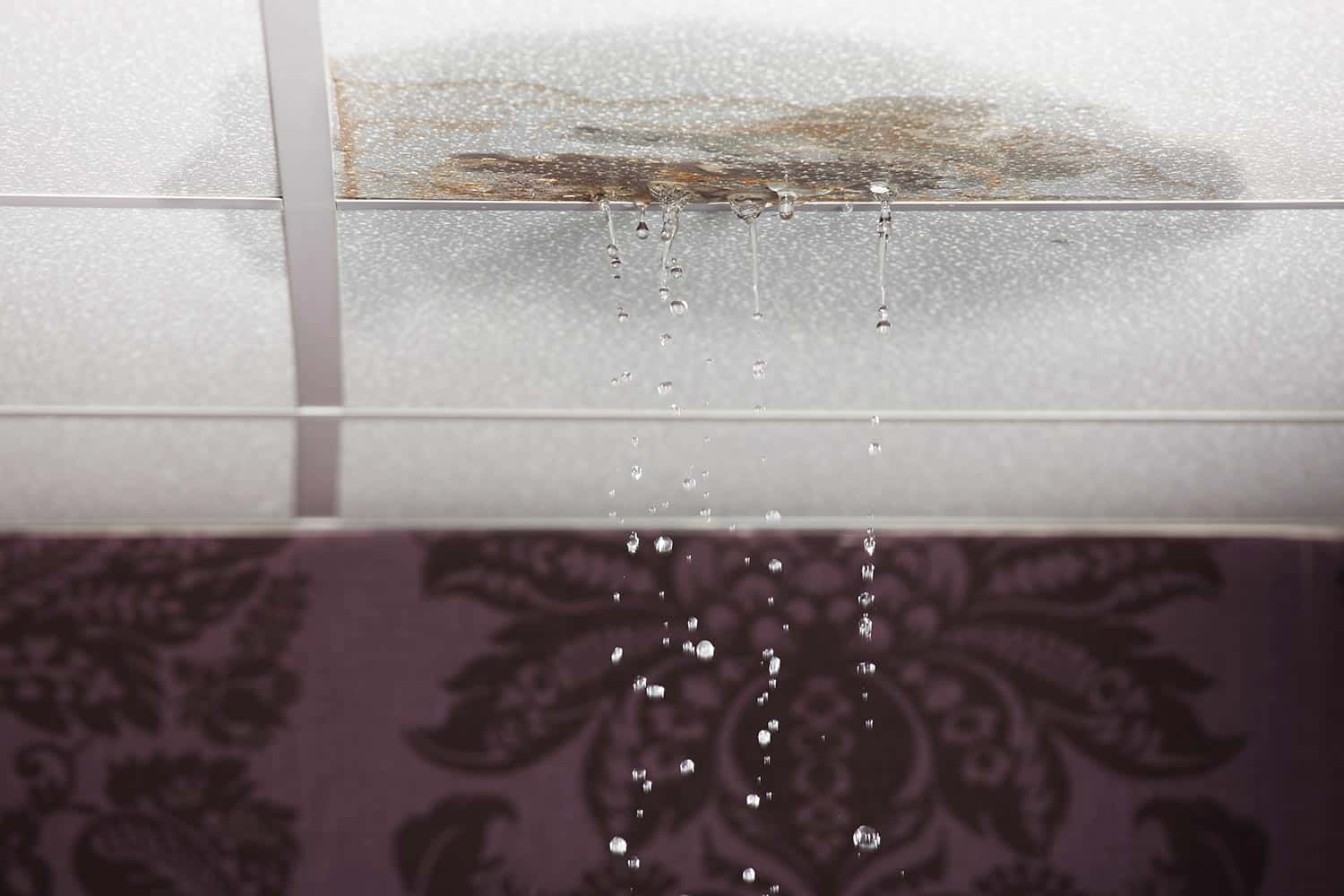

0 thoughts on “Why Are Cold Air Returns Near The Ceiling”